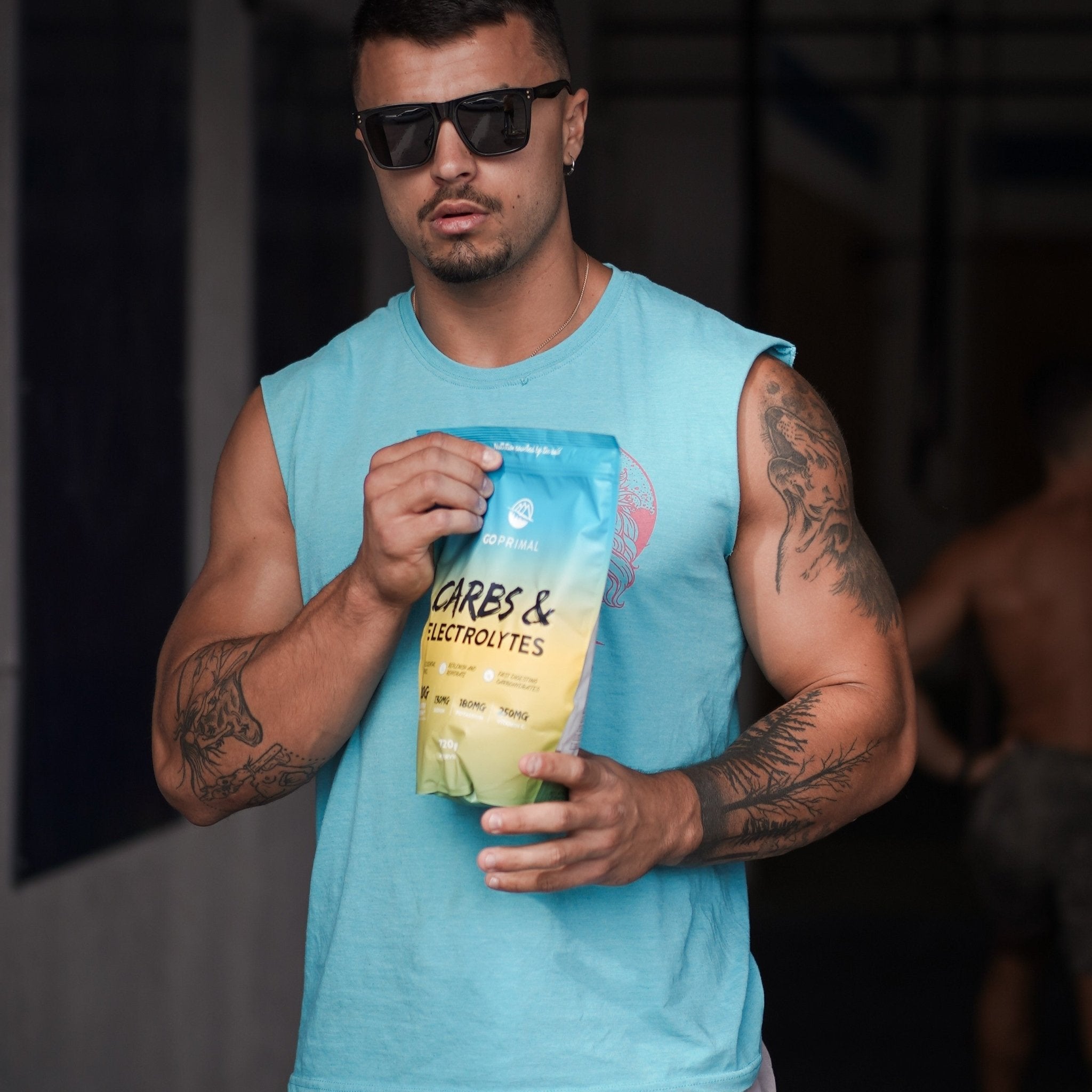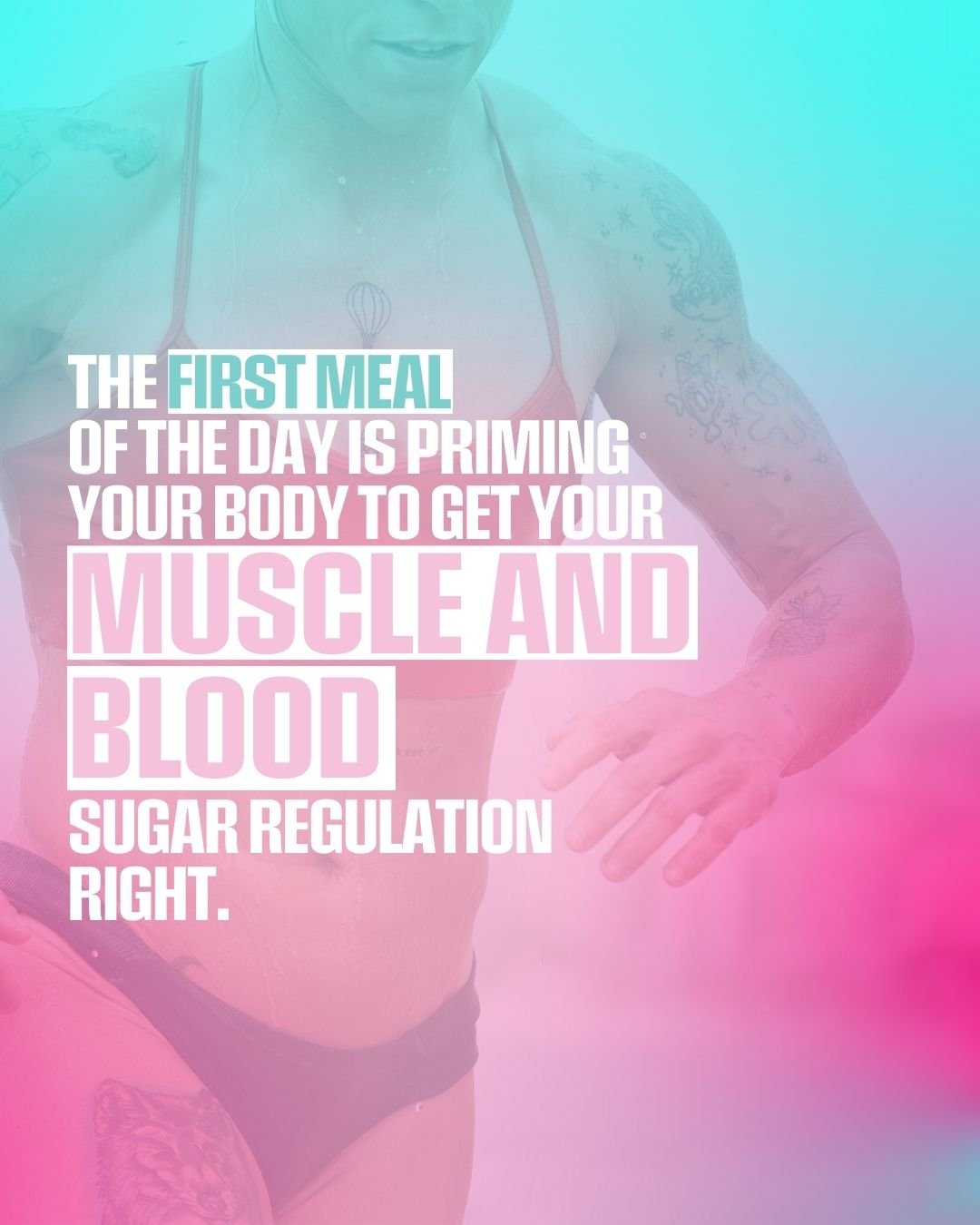
Use Carbs To Boost Up Your CrossFit® Workouts To The Next Level!
Are you also a CrossFit® enthusiast looking to fuel up your workout intensity or an amateur trainee who is just going to start shifting to CrossFit®? It will take a heck of your energy, making your muscles scream while doing all the dips, jumps, and swings. Even 10-15 minutes of Metcon can feel like a cruel experience that prepares your body to create energy at its maximum for the next intense workout.
So how can you prepare your body for this fierce battle in the best ways? Apart from the mental preparation, it comes to the lifestyle you follow, especially the food you are eating. Nutrition matters the most, especially carbohydrates, because you need a bag full of energy to hit high-intensity workouts. The more intense the activity, the more fuel you will need. (1)
If you are focused on paleo-style eating with your CrossFit® workouts going side by side and skipping starches in your diet very often, then it's time to reorganize your diet plan. This article has covered all the significant aspects of a CrossFit® workout diet plan. So stay tuned till the end and fuel up your workouts with double the energy and no fatigue.
A Low-Carb Diet And Intense Workouts
To cope with an intense workout, your body needs the right amount of energy from the nutrition you are taking. Your body consumes carbohydrates stored in your muscles as glycogen and carbs floating with your blood in the form of glucose broken down from the last meal you have taken to keep your workout session full of power and energy.
Once you have consumed most of the energy extracted from available glucose and glycogen, your body will start looking for other ways to consume energy. It results in muscle soreness, increased fatigue, and reduced focus and strength leading to blunt results. (2)
According to research, low-carb diets rich in fats are a great way to enhance exercise performance. You will require a lot of endurance that can only be handled by a high amount of fats in your diet. However, in reality, things don't work this way. Low carb diet is likely to make intense workouts even harder because when you intake fats in large amounts, they slow down your ability to burn carbohydrates. Fats produce energy at a significantly slower rate so that you might finish your workout of the day (WODs) way before the energy produced by fats kicks in.
How To Align Your Carbs With Your Training?
CrossFit® athletes are hard to beat in their commitment and motivation. They are addicted to the grind, so they are mostly always focused on doing more than just the workout of the day. Extra shifts, strength practices, extra metcons, and accessory work are the norms of their gym life. Eventually, this 25-30 minutes workout becomes an hour-long fierce battle making your muscles scream for more fuel. Carbs are significant muscle-sparing substances which means that your body has enough carbohydrates to assist an intense workout.
It will only look for glycogen or glucose to consume energy instead of breaking down muscle tissues to extract fuel, primarily when you work out straight for one hour. You can categorize the intensity and period of workouts to figure out how much energy you need. You can classify your workout routines into three different categories such as:
Light Workout
- 30-60 minutes time period
- One metcon (metabolic conditioning) and skill\strength WOD
Moderate Workout
- 60-90 minutes workout
- Accessory work and additional metcon
- Skill\strength WOD
Hard Workout
- Up to 90 minutes in a day
- 1-2 Metcons
- 2-3 skill\strength WODs
How Many Carbs Should Be Included In Your CrossFit® Nutrition Plan?
To provide the exact right amount of fuel to your workout engine, you will need to focus extra on the number of carbs you are consuming. Remember Goldilock's phrase "just right?" You need to do the same with the number of carbs in your diet. If you take too many carbs in your diet, your body might head towards the fat more rather than focusing on muscles. The more fat you gain, the more energy you will have to put in the workout to pull up the bar. (3)
Similarly, if you eat fewer carbs, you won't be able to perform at your best, and this will put your muscle health at stake. So make sure you set the right energy to bring the best out of your workout sessions.
Here is a little estimation of how your carbs chart should look like.
- Non-training day: 0.5-0.75 grams of carbohydrates for every pound of body weight per day
- Light workout: 1g of carbs according to a per pound of body weight every day
- Moderate exercise: 1.5 grams of carbohydrates for each pound of body weight every day
- Hard workout: 2.0 grams of carbs per pound of body weight per day
How Can You Maximize Your Fuel Availability?
It's all up to you what kind of carbs you will consume and at what time of the day. However, if you want to crush your CrossFit® workouts, it is advised you eat the carbs before and after the training.
Eating carbs before a workout will help your body fuel up for the intense workout sessions, and post work out carbs will help recover your muscles. You can drink carbs during the training too in the form of sports drinks.
CrossFit® is a registered trademark of CrossFit®, LLC, which is not responsible for our blog


